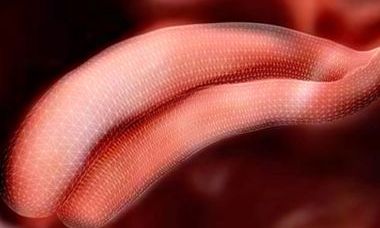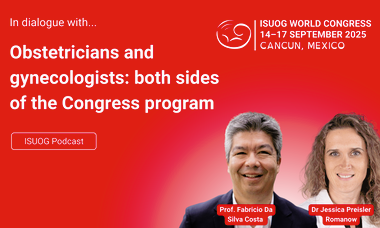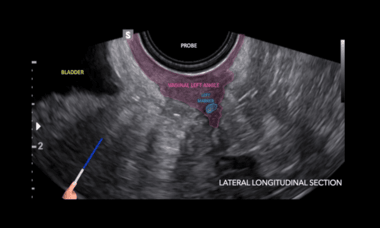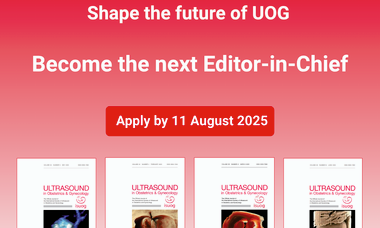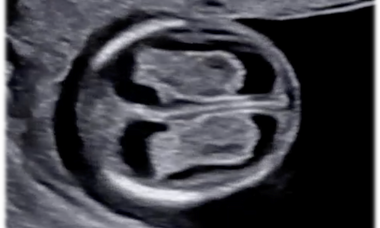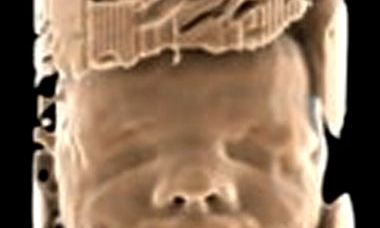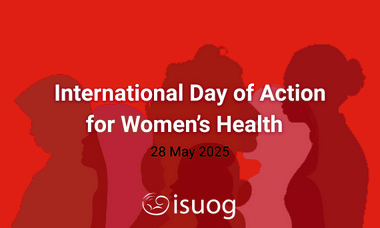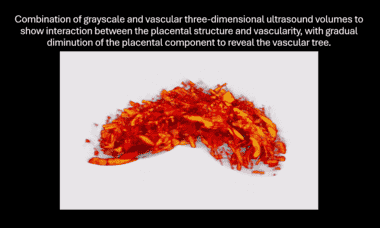July 2025 UOG Highlights
The July issue of Ultrasound in Obstetrics & Gynecology includes a cohort study on determining the optimal sonographic dating approach in twin pregnancies beyond the first trimester, an assessment of the effect of interpregnancy interval on the odds of tubal ectopic pregnancy recurrence after expectant or surgical management, an investigation on the impact of aspirin administration on the incidence of preterm birth and an international multicenter cohort study evaluating fetal and neonatal outcomes in cases of monochorionic diamniotic twins with selective fetal growth restriction and either continuous or intermittent absent or reversed end-diastolic umbilical artery flow.
